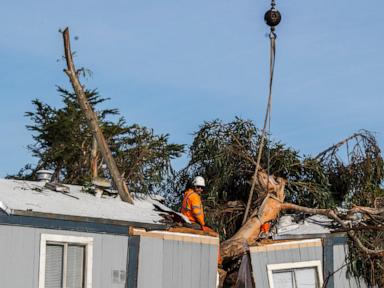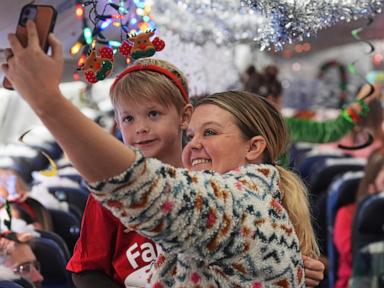(KNSI) – Minnesota health leaders say the rise in new COVID-19 cases over the past several weeks is increasing the most among youth.
Health Commissioner Jan Malcolm said Thursday that the state’s COVID case data shows signs of stabilizing, avoiding an exponential increase like Minnesota saw during its detrimental November surge. However, she says new cases are up in all age groups, with a “worrisome” rate of increase among younger residents.
“Just this week, we’ve seen the number of school-related COVID-19 cases in students exceed the high level set in November during the big fall surge,” Malcolm said.
Over the previous week, the state found 1,258 new cases among students. In the same time period, Education Minnesota reports that 11 school staff members had been hospitalized with COVID and one had died, marking the state’s sixth school staff death from COVID.
On Thursday, Minnesota reported 1,973 new cases of COVID-19 and 10 deaths from the disease. The death count includes two Wright County residents, and the five-county St. Cloud area saw 235 new cases. Thursday’s statewide one-day test positivity rate is 4.5 percent.
Minnesota has now vaccinated more than 2.3 million Minnesotans with at least one dose of the COVID-19 vaccine. One part of the issue with increasing cases among youth is that only people 16 and older are able to receive the vaccine.
“It’s important that teens 16 and up who are currently eligible for being vaccinated do so,” Malcolm said. “This cuts down on the number of opportunities for a virus to find its way into the classroom, into the sports team or other activities.”
But with most children ineligible for the vaccine, Malcolm said the state is continuing to recommend that kids attending in-person classes get tested for COVID once every two weeks. Student-athletes should get tested weekly.
“Our state is a national testing leader for our COVID-19 infrastructure,” Malcolm said. “Testing is quite accessible to all Minnesotans, and now is the time to take full advantage of this resource that we built up.”
“We need to double down on testing, so we are strongly encouraging our middle schools and our high schools to provide testing for our students every two weeks,” said Education Commissioner Heather Mueller. Some ways those schools can facilitate testing include testing students in conjunction with the state’s teacher and staff testing program or using a pick-up model where students pick up a test at school, use it at home, then bring it back to school to be collected.
While it advocates for frequent testing, the MDH is also granting a request to the Minnesota State High School League for athletes to remove their face masks while playing outdoor sports.
“Participants in outdoor sports will have the option to remove their face covering while on the field or court, but face coverings must continue to be worn while not actively playing, for example, on the sidelines or in the dugout,” Malcolm said, adding that face coverings are still required at all times during indoor sporting events.
Dr. Brooke Moore, a pediatric pulmonologist at Children’s Respiratory and Critical Care Specialists, says though many kids who contract COVID have mild or no symptoms, around 10 percent will develop severe disease symptoms.
“At Children’s Minnesota, we have had a total of 385 admissions from COVID-19; 88 patients have required intensive care,” Moore said. “Thirty-one have been intubated and on a breathing machine. We have had one young adult death at Children’s Minnesota.”
Moore cited other issues that the pandemic has exacerbated among kids: mental health problems, social isolation, food insecurity, decreased physical activity and delayed routine medical care, like standard childhood vaccinations.
“In order to decrease the collateral damage to children, we must all do our part so kids can continue to do the things that are important for their health and well-being, like attending school, participating in sports and other important activities,” Moore said. “We have a great responsibility to each other right now. There is no practice or competition worth risking someone’s health or life. Get vaccinated when you are able; get your children vaccinated when they are eligible.”
With Pfizer already making a bid to the FDA to review its trial data to lower the eligibility age for its COVID-19 vaccine to 12, state infectious disease director Kris Ehresmann says vaccinations for teens could come as early as mid-May.
“We won’t expect to see vaccine for the younger ages until 2022,” Ehresmann added.









